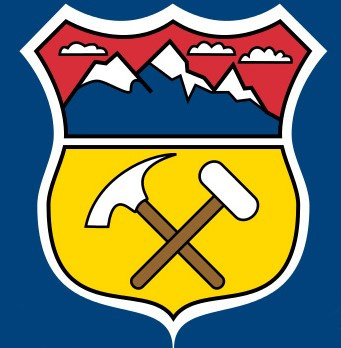
A chevron is a ‘V’ shaped stripe that was sewn onto an American Expeditionary Force (AEF) or a stateside soldier’s service coat, signifying length of service, honorable discharge, or number of wounds received, depending on the color and the placement of the chevron.
Chevrons were also known as “overseas stripes.” Some chevrons were machine made, and some were hand made, so the exact shade, size, angle, backing material, and orientation on the sleeve tend to vary.
Qualification standards for the awarding of chevrons changed throughout World War I. At one point during the war, a soldier’s service started when he set foot on overseas soil. Later, it was when he boarded the ship that would take him overseas.
This article needs some pictures to clarify what the chevrons look like, so that’s what I’ll post today. These images are all from the extensive insignia posts on The US Militaria Forum by user ‘world war I nerd’ who
frequently quotes Stars and Stripes Newspaper as well as Where Do We Go From Here: This is the Real Dope by William Brown Meloney. Each caption below is the description of a chevron from today’s article, sometimes with further explanation of orientation on coat.

This was placed pointing upward, half way between the left elbow and shoulder.

This chevron was placed pointing down on the forearm.

This chevron was placed pointing downward.

This chevron was placed pointing downward.
The gold chevron for wounds is the same as the gold chevron for each six month’s service abroad, but it’s worn on the left sleeve instead of the right.
The soldier above sustained two wounds and served at least 12 months service abroad but not more than 17 months.

This chevron was placed pointing downward.
It seems the article’s author made a mistake. There is no white chevron for service stateside, but there is a silver chevron for this.

The soldier depicted received two wounds and served for at least 18 months but not more than 24 months and was honorably discharged, based on the chevrons on his coat.
100 years ago today, American soldiers who served abroad and stateside wore ‘V’ shaped stripes called chevrons on their service coats in order to indicate if and how many times they’d been wounded, how long they served, and whether they’d been honorably discharged, and the author reminds readers not to shame men who didn’t have the chance to serve on the front lines.
